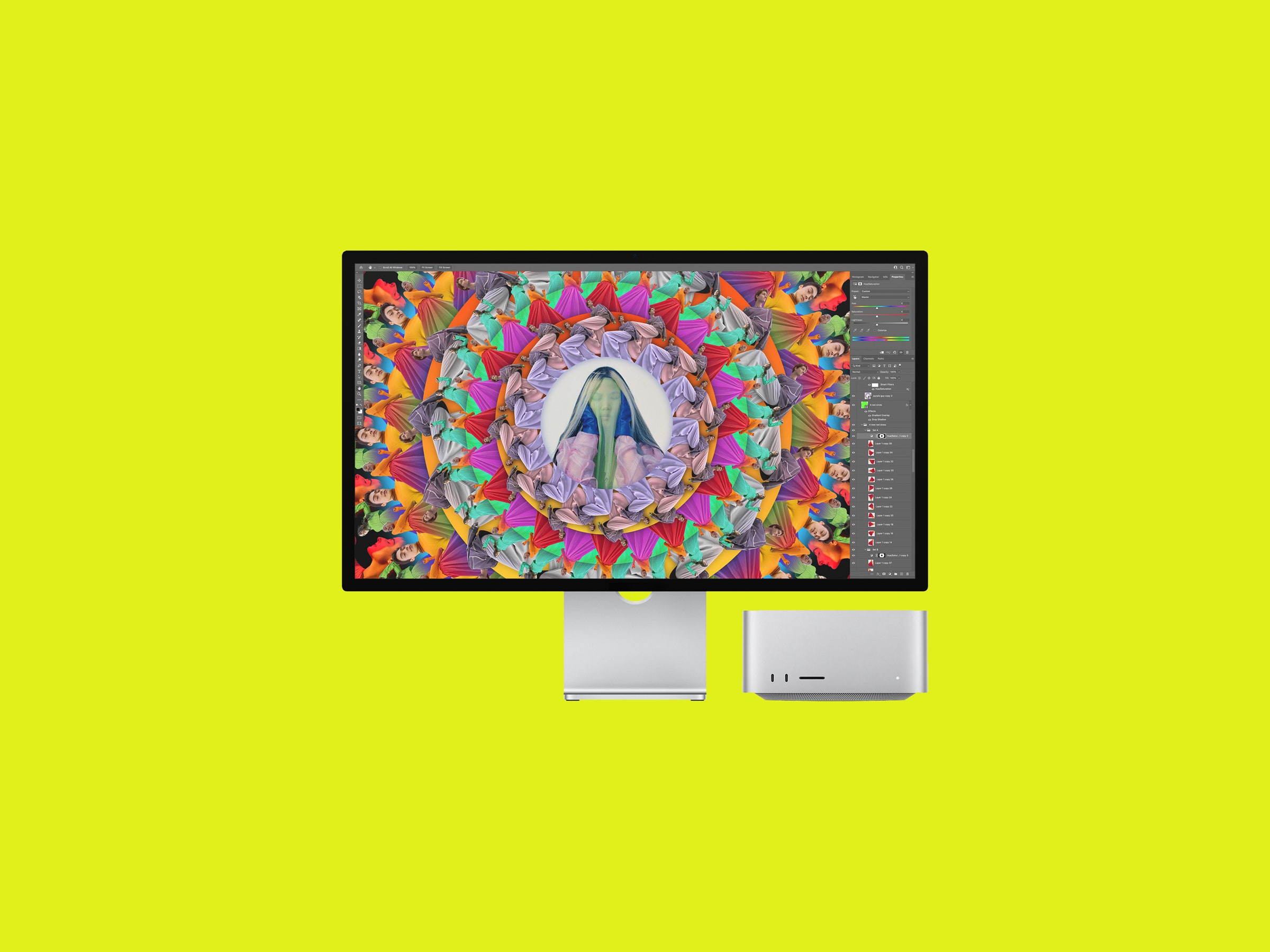Being a professional content creator is expensive. Not only do you need a high-end camera with accompanying equipment, you also need a beefy computer with enough processing power to handle all of your high-res footage. Apple loyalists of late could choose between the 24-inch iMac all-in-one ($1,299), the compact Mac Mini ($699), or the ridiculously expensive Mac Pro ($6,000). But with the new Mac Studio on the scene, there's now a near-perfect middle ground.
The Mac Studio comes with two processor choices: the M1 Max or M1 Ultra. Both are markedly more powerful than Apple's cheaper desktop Macs and even surpass the expensive Mac Pro. The Mac Studio starts at $2,000 and isn't what I'd call “cheap,” but you'll be hard-pressed to find an equivalent this powerful and compact for a similar price.
This is a review of the Mac Studio, but I talk about the Studio Display as well. It's Apple's new external monitor. Both are designed to be used together for the Full Apple Experience, but you can also use any display with the Mac Studio, and you can connect the Studio Display to most computers (some features are limited on Windows).
The Mac Studio is … dense. At nearly 6 pounds, it's heavier than my Chihuahua. When WIRED reviews editor Julian Chokkattu came over to help me film a video, he took one look at it and exclaimed, “THAT'S the Mac Studio?!” It's surprisingly chunky.
Compared to the Mac Mini, the Mac Studio is more than 2 inches taller and 3 pounds heavier. Apple managed to keep its footprint at 7.7 inches, so it won't take up more space; just make some vertical room for it. Thankfully, it fits perfectly under the Studio Display.
There are a few reasons why this silver machine is such a chonker. The outside is home to so many ports you'll wonder if it's really made by Apple. On the front are two USB-C ports and an SD card slot, while the back houses four Thunderbolt ports, an HDMI, two USB-A, a headphone jack, a 10-gigabyte Ethernet port, a built-in speaker, and the power outlet. Ports are seriously awesome, and I'm glad I don't need to attach dongles to the Mac Studio.
I do wish it stayed put a little better. There's a very thin plasticky ring on the bottom, and if you're using it on a glass desk like I am, the Mac Studio has a tendency to slide around when you're plugging things in or unplugging things from it. You have to apply a bit of pressure to make sure cables click in, so I often had to hold the machine down with one hand to keep it from sliding off the desk. It's a minor nitpick.
OK, forgive me for some number-speak. Remember how you can choose between an M1 Max processor and an M1 Ultra? Well, Apple says the M1 Max nets up to 50 percent faster CPU performance than a Mac Pro, with graphics performance that's more than three times faster. The M1 Ultra, which consists of two M1 Max chips fused together, offers up to 90 percent faster CPU performance than the Mac Pro and 80 percent faster graphics. You can also configure the Mac Studio with up to 8 terabytes of storage on both models.

